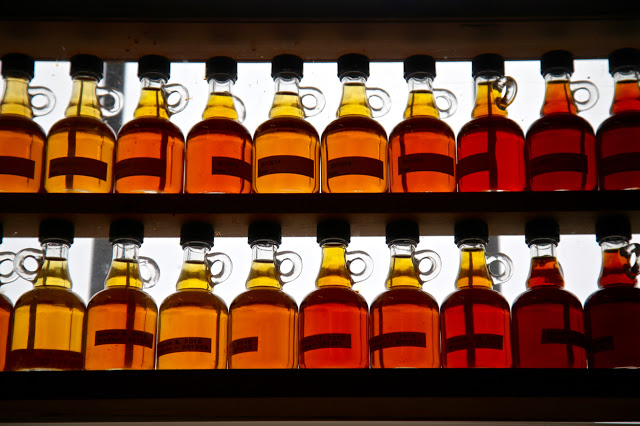
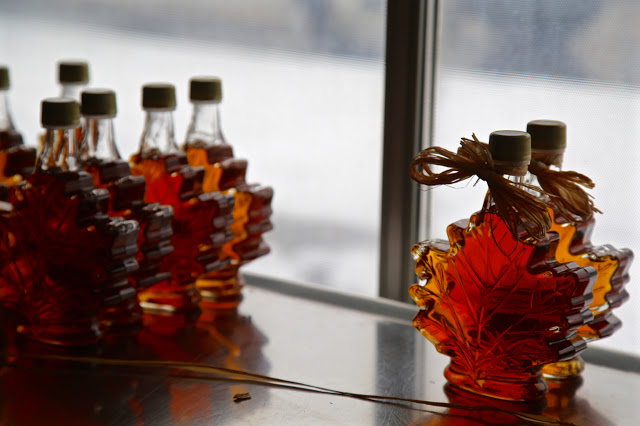
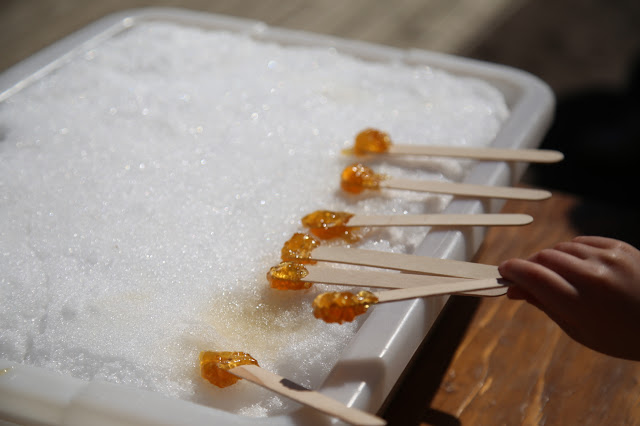
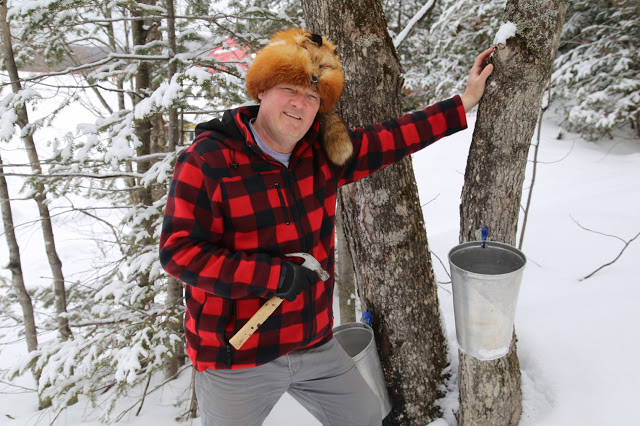
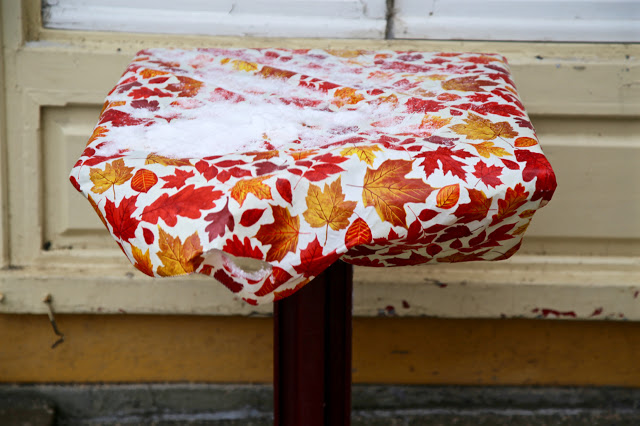
In Canada, the second largest country in the world, much of it uninhabited, winter lasts six months. It’s brutal. In many areas of Quebec, snow is 2m high. In Montreal, to deal with temperatures of minus 30 – described by one inhabitant as ‘so cold your face is pinched by the air’ – they have a subterranean version of the town, bright with high ceilings, a subway system, with lifts to apartments and office buildings, and extensive shopping facilities and restaurants. Citizens can virtually live underground throughout winter and need never see daylight.
A maple syrup farmer told me: ‘If the weather is above zero, you’re outside in a T-shirt’. Canadians are hardy, but get desperate for sun. By February, many have had enough.
Spring is important in most cultures but has a special significance in Canada. Maple syrup season represents spring, growth, renewal and survival.
The History
Maple syrup is a food discovered by the indigenous people, the First Nations of Canada. They taught settlers, deprived of vitamin C and suffering from scurvy after the long sea journey and the winter diet of cured meats, how to collect sap from maple trees and how to boil it down to a sugar syrup.
There are many myths as to how maple syrup was discovered. The most popular is that a hunter shot an arrow into a tree and water poured out from the hole. The original method of tapping a tree was to slash it and use a reed to guide the water into a bucket made of bark or wood.
The native tradition of making maple syrup entailed hollowing out sections of tree trunk as a container for the water. Stones were heated up in the fire and dropped into the log to evaporate and concentrate the water. This was repeated until the water became sweet. The water only has 2% sugar when it comes out of the tree. You need 40 litres of maple water to make one litre of maple syrup.
So it is a time consuming business, and must have been even more so in those days. As Richard Berring of White Meadows farm in Ontario explained: ‘It would have taken seven days to make the same amount we now make in an hour’.
From 1536, early travellers mentioned the sugar maple tree and how the water tasted like good wine. Swedish biologist Peter Kalm, in 1756, attested to the health and energy giving properties of maple sugar.
In 1790, anti-slavery abolitionists supported the use of maple sugar as an alternative to cane sugar grown by slaves. Maple sugar was sold in loaves rather than as syrup.
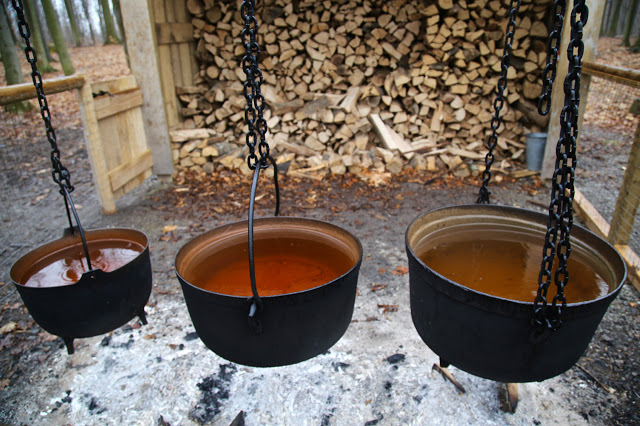
By mid-19th century, metal taps and aluminium buckets were used as opposed to wooden buckets.
Many families possessed a cast iron sugar kettle for boiling up the sap. One farm I visited had a copy of a Sears catalogue from 1902, showing the different sized kettles. These cost a considerable amount, around half a year’s wages.
Maple sugar in the early 19th century used to cost half the amount of cane sugar, gradually the prices evened out. Today maple sugar or syrup is much more expensive than cane or beet sugar.

The Tree
You can tap most trees for syrup – walnut and poplar, for instance. Birch and maple are of course the most well-known. Birch syrup is found in Alaska and Northern Europe, but one needs 120 litres of birch water to make 1 litre of birch syrup. The maple syrup forests are not planted, for red or black sugar maples grow wild in their thousands across Canada.
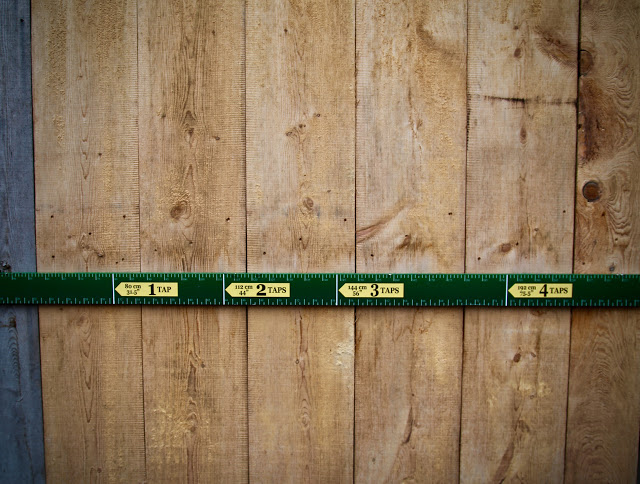
You can tap a maple tree when it reaches 35 to 40 years old. A tree can take up to four taps, depending on the girth of its trunk, though more than four is not recommended as it would adversely affect the tree’s health. As with bees and honey, one must not be too greedy.
The maple syrup farmers say there is no harm done to trees that are tapped; they’ve compared tapped and untapped trees and seen no difference.
The maple tree is emblematic of Canada; the leaf is on the flag, it’s even on the money.
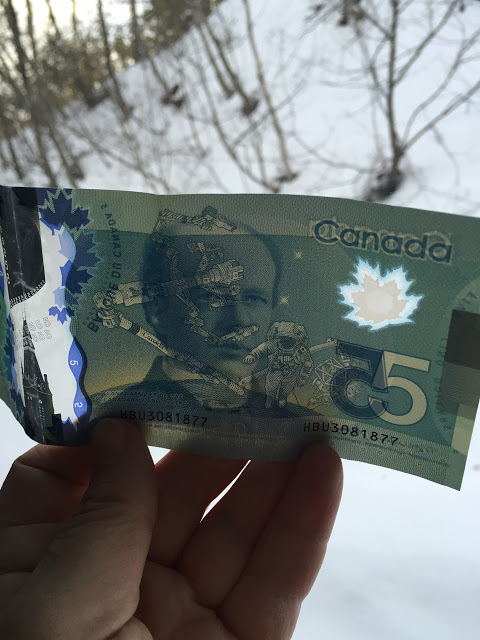
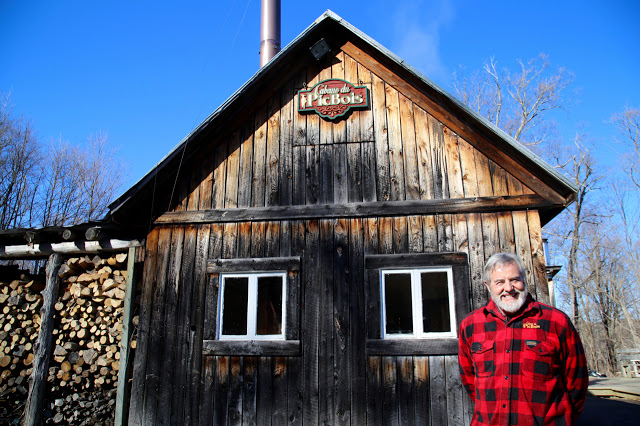
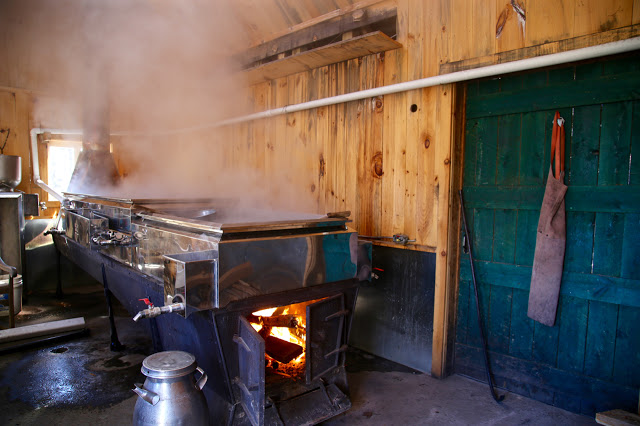
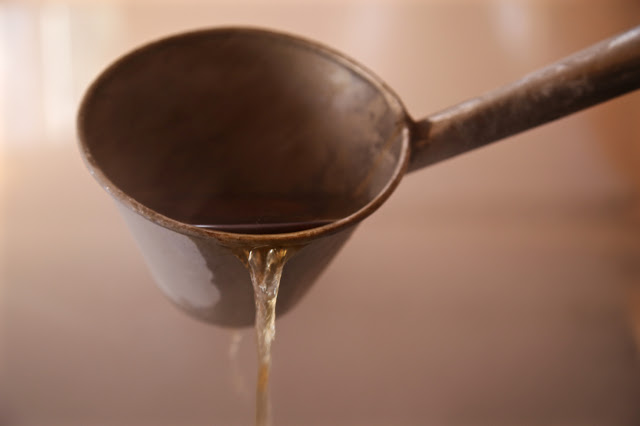
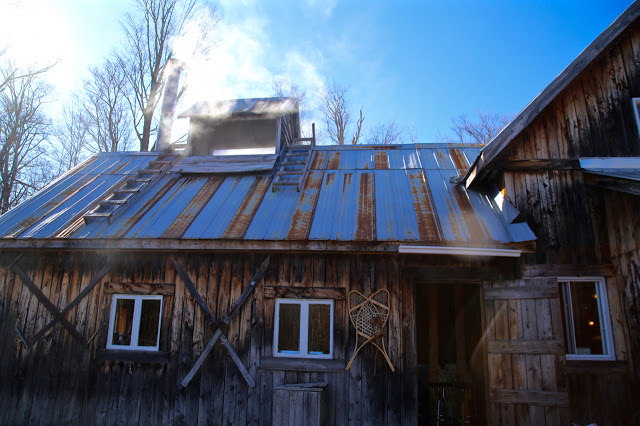
The Process
The combination of cold nights and warm days, the freezing and defrosting, is ideal for maple water to form and run in the tree. Ideally the temperature is between minus 5 and minus 15 at night and plus five and plus 15 during the day. Quebec produces 75% of the world’s maple syrup.
When the leaves have died off, you can tap the tree. In the southern part of Canada, the season can start in February but in Quebec, further north, it starts in March. The season can last from 3 to 16 weeks long, although generally it is around 6 weeks. The syrup changes in quality and taste and grade from the beginning of the season to the end. Once the trees get buds, the water becomes bitter and the season is finished.
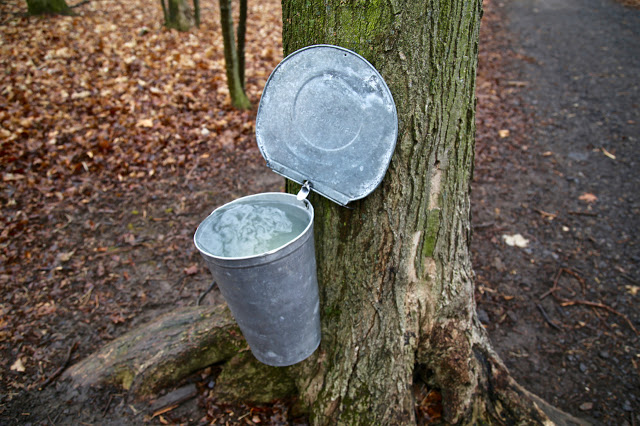
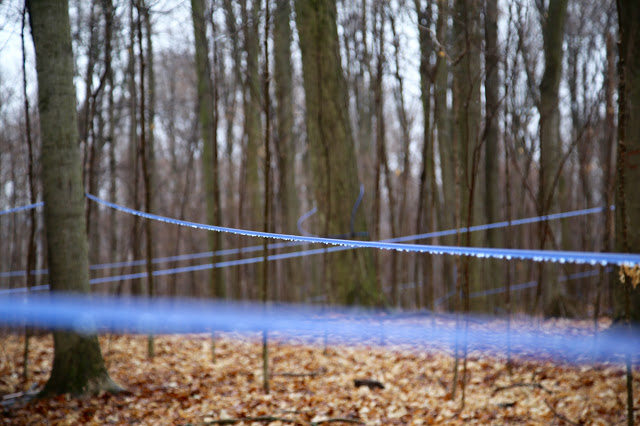
In the old days each tree was ‘tapped’ by drilling a hole, screwing in a spigot and attaching an aluminium bucket. Today tubes are linked to several trees and fed through to a central tank. This saves time because maple syrup farms contain thousands of trees, which would require a great deal of walking to collect individually from each maple.
So the water is collected every day, and each tree produces around two litres a day. The water is boiled for hours; at small farms, they still evaporate it in a bath over a wood fire, as pictured above. Farmer André Pollender told me that when the steam is escaping from the chimney of his sugar shack, all his neighbours come and hang out for the sugaring off. This process goes on for days, accompanied by the smell of maple sugar and the crackling of the wood fire. He and his neighbours particularly love the maple water when it has approximately 40% Brix. ‘It’s very nice with a little whisky,’ he confided.
Bigger manufacturers will use industrial means to evaporate and concentrate the water, which doesn’t use as much energy.
Rather like jam making, you need to get to a setting point, where the maple water has thickened to the point of dripping off the ladle.
It’s extremely important that the buckets, the baths and all the tools are extremely clean so as not to taint the flavour.
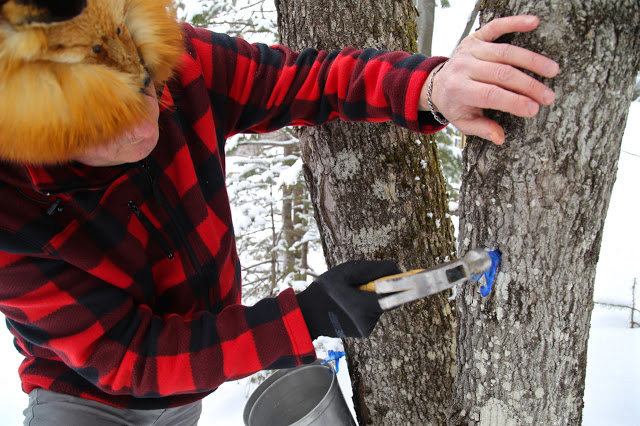
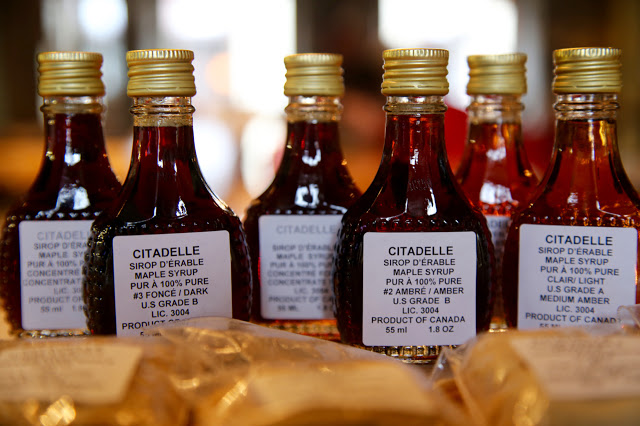
Grades and flavours
Maple syrup has several grades and four or five flavours depending on the region it comes from. The US has just brought in a new grading system with four grades but Quebec has five. Only grade A is sold as maple syrup, while grades B and C can be used for sweets, lollipops and in baking.
In Quebec they classify by light transmission – how transparent the syrup is. The thinking is that the paler the syrup, the fewer impurities. Another factor is the Brix scale (Brix is sugar percentage). Maple syrup must contain 66 to 68.9% Brix.
Extra light: 100% to 75% of light transmission
Golden: pale gold
Amber: medium
Dark: a robust taste
Very dark: a strong taste; 26.9% and under of light transmission
I do like the flavour of the darker syrups, but these are rarer. Often the really dark syrup comes just before the tree buds. The flavour is affected by the soil; an acidic soil gives a bite to the syrup whereas an alkali, limestone soil will result in a buttery, smooth syrup.
There is also maple sugar, a crystallised version of the syrup and maple butter, a creamy version of maple syrup that can be used as a spread (it’s gorgeous).
When buying maple syrup however, it’s best to do like Canadians do and buy it in a tin, not a clear glass jar. Like olive oil, it is damaged by light.
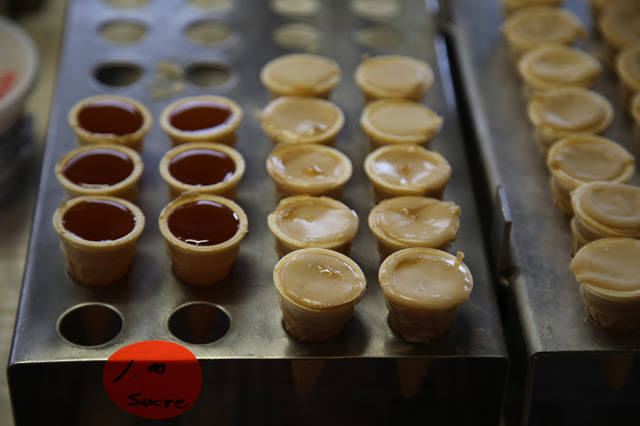
Health Benefits
Maple syrup contains 54 anti-oxidants. It has riboflavin, zinc, and a newly discovered element known as ‘quebecol’. Some studies are suggesting that it is a good sugar replacement for sufferers of Diabetes 2 as it does not spike blood sugar in the same way white cane sugar does.
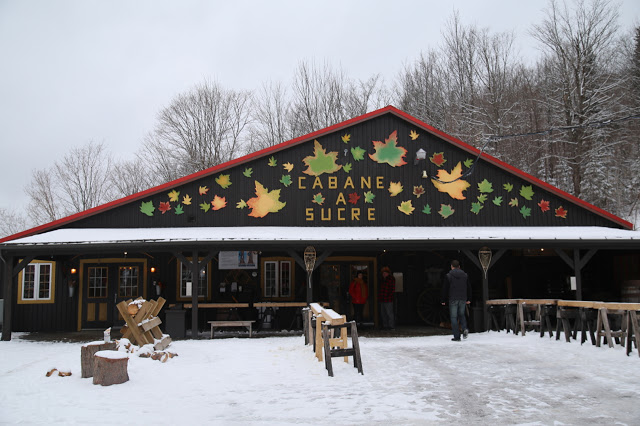
The Sugar Shack
A spring tradition in Canada is for families to drive out to the countryside to a ‘cabane à sucre’ and have an old style sugar shack dinner where they gorge on the new season maple syrup.
Dishes tend to be basic, the sustenance of yesteryear, when settlers first arrived. Pea soup, omelette, ham, oreilles de criss (Christ’s ears or fried pork rinds), beans, sausages, fried potatoes, crêpes, tarte à sucre, pork and of course the maple syrup, served in jugs lined up and down the table and poured copiously on everything, sweet or savoury. It is even poured into the pea soup.
At the end everyone dons mittens, hats and coats, troops outside and has maple taffy on snow.
While maple syrup is a breakfast food in most of Canada and North America, in Quebec the sirop d’erable is for dinner.
I went to several sugar shack meals:
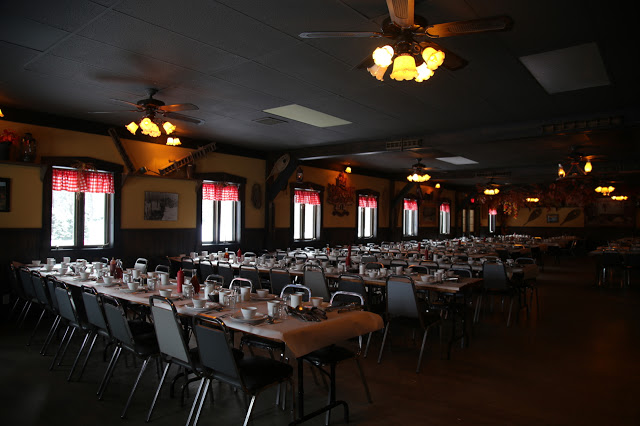
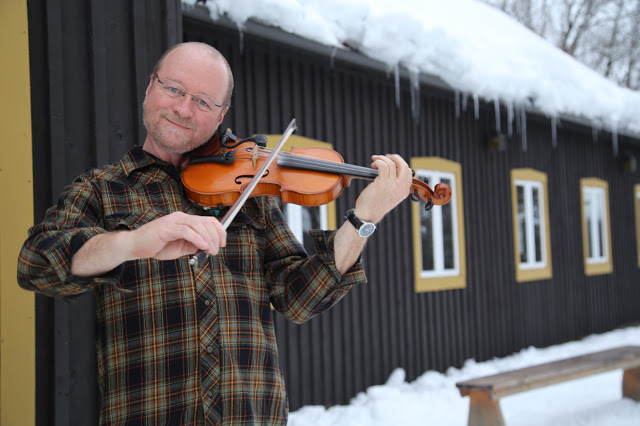
- One just outside a snow-bound Quebec City at the farm, L’érablière Lac Beauport, of Richard Lessard, a guy who wore a dead red fox on his head while showing me his chainsaw and roadkill museum. This was a huge affair of 250 guests, with a traditional Quebec fiddler, dancing and a fantastic atmosphere if rather basic food.
- La Buche in Quebec City, which looks like a sugar shack, all red gingham and pine interiors, is a restaurant that specialises in modern Quebecois food, with many typical maple syrup dishes given a unique twist by brilliant young chef Donovan Ouellet.
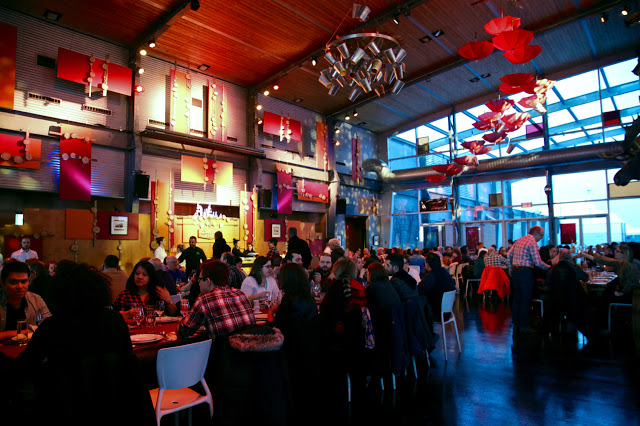
- The second was a pop up sugar shack at a chic Montreal location, Pavillon Cartier, where they deconstructed the sugar shack tradition with a mix of modern conceptual cuisine and traditional foods. There were some interesting dishes.
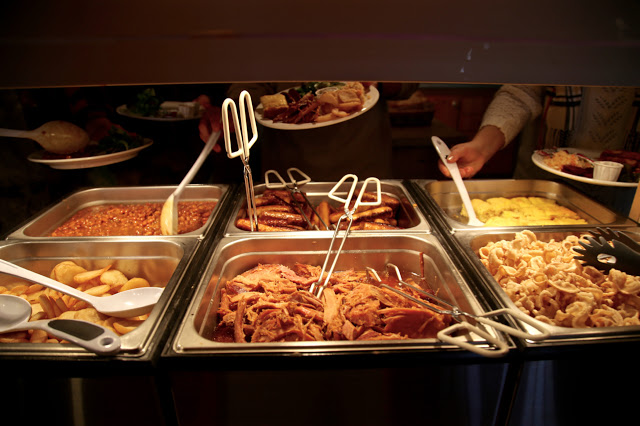
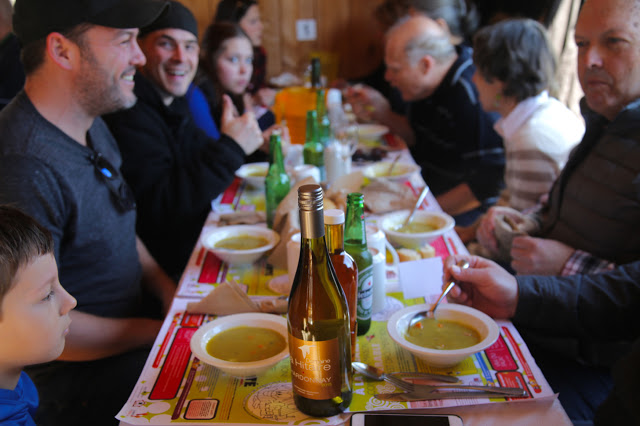
- Lastly at the cabane à sucre Du Pic Bois (woodpecker) in Brigham, the Eastern Townships, north of Montreal. This is the farm of André Pollender. I was there with 100 guests, many of whom wore the typical red and black Lumberjack shirts. Families go year after year, it is one of the top ten sugar shacks in the region.
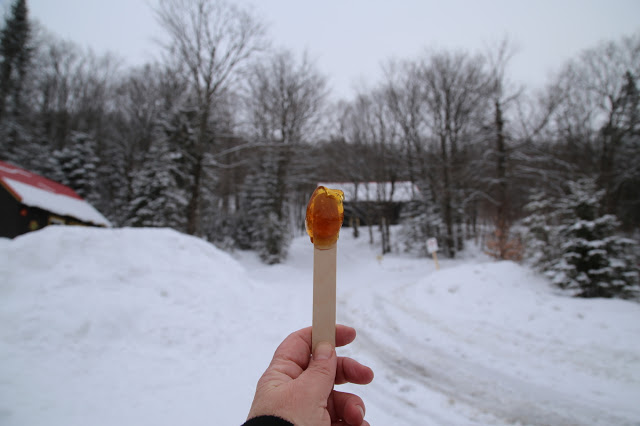
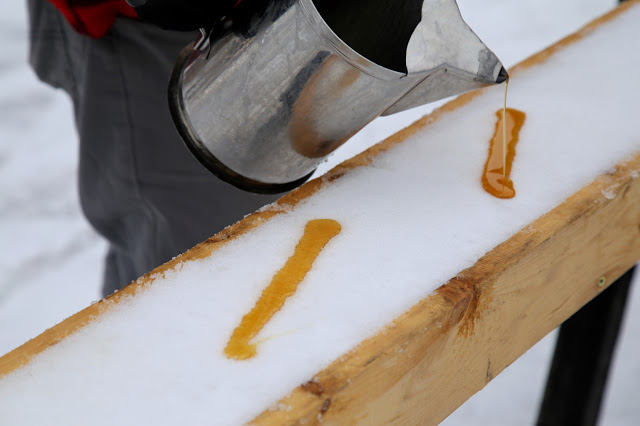
Maple Taffy on Snow Recipe
Readers may remember the story from Little House on the Prairie where they make maple taffy on snow. This is a traditional finale to each sugar shack meal and is a spring treat enjoyed just as much by adults as by children.
Ingredients:
Maple syrup
Clean Snow
Flat lollypop sticks
Washing up bowl
Candy thermometer
Jug
Boil maple syrup to 115ºC or 235ºF. (Although Monsieur Pollander said 111ºC.) It’s best to use a thermometer.
Pack clean snow into a shallow container so that it is compacted and flat on top.
With a jug, drip the maple syrup onto the snow in thick strips (an inch or 2-3cm wide and 6 inches/ 12cm long).
Using a flat lollipop stick, press it down into the liquid maple syrup until it starts to stick, then slowly roll up into a popsicle. Hold the stick sideways as you are eating it, otherwise it’ll drip down into your sleeves.

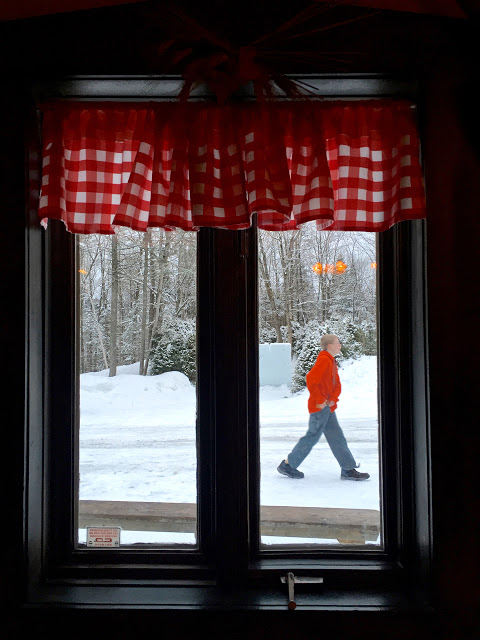
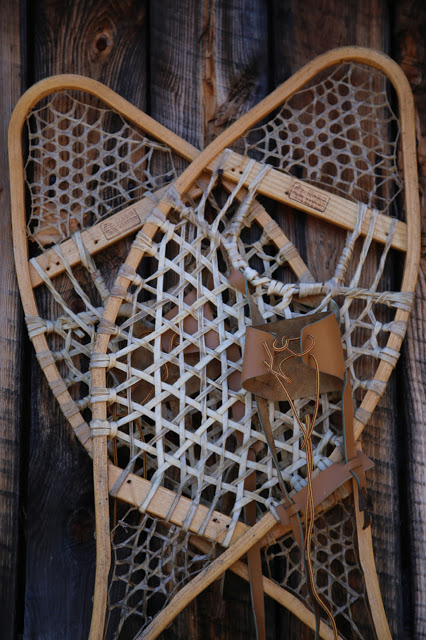
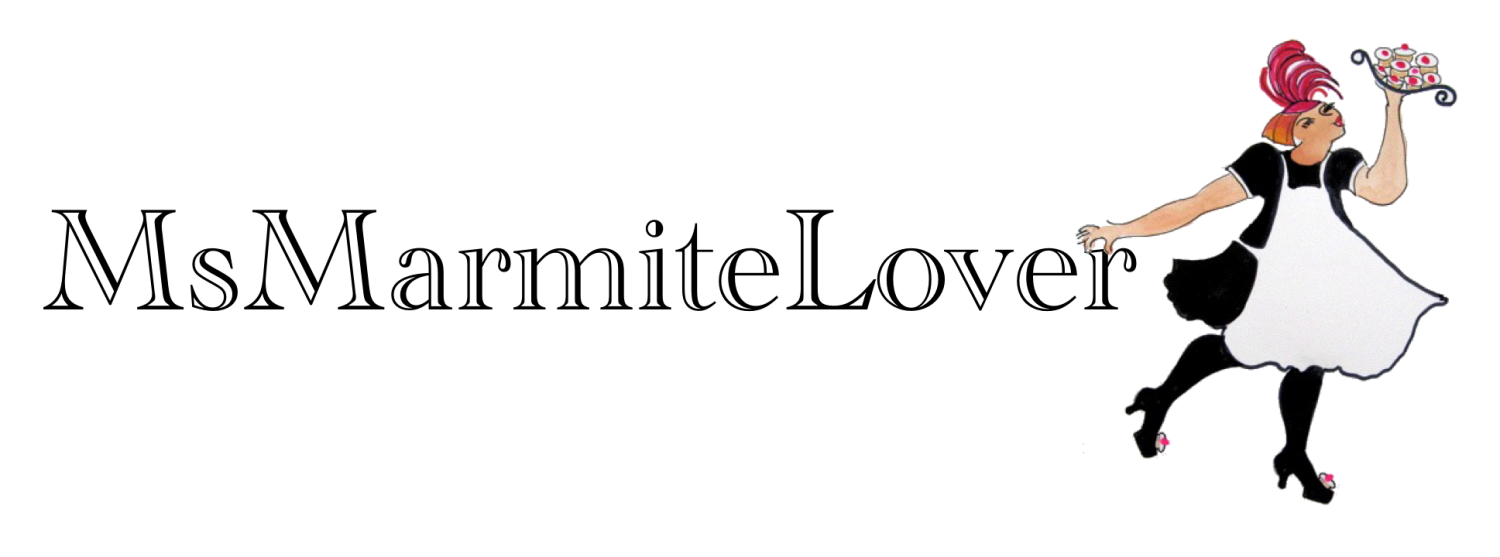



I've tapped a birch tree in Kilburn, London. I borrowed it (with permission) and got scared afterwards when the plug repeatedly over several days and attempts wouldn't stop sap leaking and feared I might kill the tree. The sap itself tasted like very slightly sweet water. And the tree? It survived but is being cut down this month due to redevelopment. Brent is building a block between two existing ones on Fiveways Estate.
I definitely want to have a go at tapping a tree. There is a big maple next to my flat.
I'm not sure how they stop it leaking. Interesting thought.
When did you do it Michael? What season`?
Enjoyed your post Kerstin, especially all the images. Its been a while since I've been sugaring off with my family . Used to go quite regularly when my nieces were little. Looks like we are due a return visit next time I am there at the right time of year. Definitely always head to the supermarket to buy a tin over one of the really expensive 'bottles' at the airport.
Thanks Nim, what a fantastic trip it was. More posts to come!
My grandparents did it every year in Estonia (the climate is quite similar to Canada). We tapped birches and maple trees. We don't make maple syrup, but use it as a juice. We did it usually end of February or early in March I think, just when seasons changing. They say the temperature has to be above 0 (around +4C). My grandma tested it, when you break the small branch from the tree, the tiny drop of juice appears. I think the plug has to be quite tight fit and you hammer it in. Birch juice is full of vitamins.
I would love to visit Estonia, Lithuania, Latvia. One of the First nation legends in Canada was that a god came and saw all the people lazing around drinking maple sugar water from trees, that you could snap off a branch and drink it. The god decided to make it a lot harder to get hold of the maple syrup, he made them work for it.
Good story! 🙂
Your posts always make me want to go traveling. I've never been to Canada but I'd really like to, it looks stunning and the people seem really nice and chilled out. And now I want to do the maple taffy on snow!